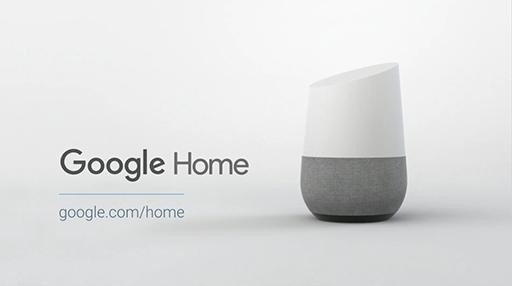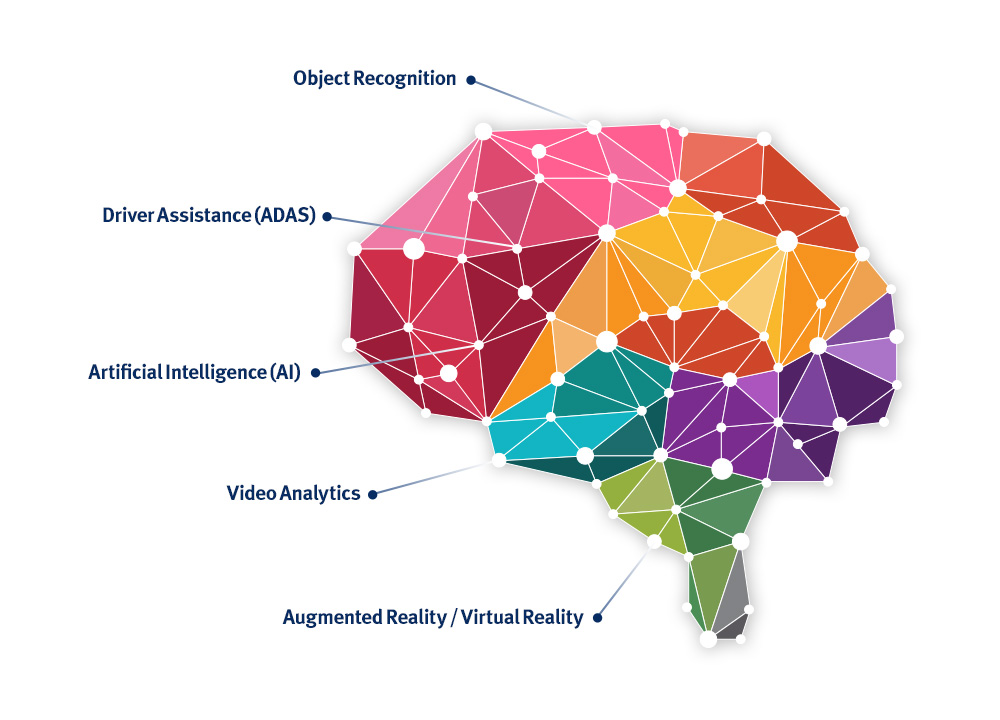Takeaways from Google I/O 2016
The tenth annual Google I/O conference was all about artificial intelligence (AI). Advances in voice recognition, image recognition, translation, and contextual conversational assistance were some of the main highlights of the keynote. Google CEO Sundar Pichai stated that “thanks to profound advances in machine learning and AI… we are poised to take a big leap forward in the next ten years”. Judging solely by the immense amount of times he used the phrase “machine learning”, you could tell exactly where his focus is.
Over the past decade or so, Google has been asserting itself as the world leader in machine learning and AI. Both in-house and through acquisitions, Google has been making huge investments in technologies utilizing AI in a vast array of different capacities. For example, a couple of months ago, Google’s AlphaGo defeated Lee Sedol at the game of GO, becoming the first computer program to defeat a top ranking professional player at the extremely complex game. Another example is their autonomous vehicles, among the most advanced in the world, with many prototypes cruising around in test drives. They also claim that they can have a drone delivery service working by 2017, but this depends highly on regulations, which will probably take much longer. The company has also made huge investments in robotics, but doesn’t seem to have any product line coming out in the near future.
Two things that all these projects have in common are 1. They require massive computation power, and 2. They don’t seem to have any practical commercial application at the current time. But, all of these projects have given Google’s developers knowledge and expertise in many aspects of AI and deep learning. Now, it looks like Google has decided to monetize on that expertise, and develop and sell products containing AI directly to consumers. The challenge in achieving this is to make the computation efficient enough to put in a small, low power device. If they succeed, Google software will be entering more facets of consumer’s lives. This will promise more entry points for their software and services, giving them an edge over competitors like Amazon, Apple, and Baidu. Here are five intriguing products highlighted in the I/O conference, that will bring AI to the mass market, this year.
1. Google TPU
For the first time, Google has designed its own silicon processor, called Tensor Processing Units (TPU), and are specifically designed for AI applications. The company claims that these processors are more power efficient by an order of magnitude than commercial FPGAs and GPUs. These processors are currently only targeted for data centers, but many of the fields Google is entering will require on-device computing, for reasons of privacy, security, or unavailability of the cloud. Google’s understanding that power efficiency is key is a strong indication that these processors might enter consumer devices in the near future. Google TPU already reduced the basic math computation precision as noted in their original TPU blog by Norm Jouppi (but didn’t specify exact precision). One might tie this also to Google’s announcement during the Embedded Vision Summit on May 3rd by Pete Warden enabling the development of neural networks with TensorFlow using 8-bit precision via quantization, in order to gain better performance for embedded devices using DSPs and save on the file sizes of applications.
2. Project Tango
Project Tango is not a newly announced product, however during Johnny Lee’s presentation one could learn on the great advancements of this program recently. Tango is a platform that utilizes computer vision and input from multiple sensors to create a 3D model of the space surrounding the device. The range of uses for a precise 3D model of your immediate vicinity is staggering. It could hugely enhance indoor location tracking and, according to Google, assist the visually impaired through auditory cues on where they’re going. It could also facilitate infinite augmented reality functions. This summer, Lenovo will be releasing the first smartphone powered by this technology and seems various other commercial devices with this technology will follow.
3. Google Home
This is one of the most promising commercial products announced at the conference. For years, Google has been improving its Android assistant, activated by the words “OK, Google”. They now claim to have improved the contextual awareness to make it a “conversational assistant”. By combing the technology of this assistant with the success of the mass produced Chromecast product Google will be taking on Amazon’s Echo line of products for domination of consumers’ homes. Besides music and entertainment, as well as web queries the Google Home product is designed to assist in home management and everyday tasks, and is claimed to integrate seamlessly with Google’s own Nest products, including thermostats, smoke detectors and cameras. Nest is one of the leaders in IoT, which will give this product a big advantage over competitors.
4. Daydream
Google is taking the next step from its Cardboard virtual reality (VR) platform, which was released about two years ago, and has introduced Daydream. This VR platform is planned to be released with the Android N operating system, this fall. In general, VR headsets have extremely high processing demands and therefore, require powerful machines to operate smoothly. For that reason, most of the high quality sets are tethered to a power supply, as I discussed in a recent post. This is why Google has partnered with a variety of hardware partners and supplying them with a reference design. The importance of the high quality performance together with an untethered user experience is key to making a successful product in this field.
5. Project Jacquard
Well, this product will actually only be available in 2017, but it’s too interesting to be left out. Google has teamed up with Levi’s for Project Jacquard, which aims to create smart denim. The first product that is planned to be released is a jean jacket with smart fabric that will react to swiping and tapping. It uses conductive thread and includes a removable, rechargeable battery. The jacket is targeted towards cycling commuters and will support an “ecosystem of simple applications and cloud services”. The ubiquity of textiles in everyday objects will allow for many future products, from clothing to furniture.
Bringing AI to Consumer Devices Means High Performance with Ultra-Low Power
Many of the AI applications that we hear about are still years away from having practical applications. But that doesn’t mean that AI can’t be used today. Google clearly understands this, and is positioning itself to monetize on its vast AI knowledge base. The key is to reach the consumer market with products that are intelligent, but that are also light, portable, and low-power.
Check out our recently developed CEVA Deep Neural Networks (CDNN) SW framework, accelerating machine learning deployment in low-power embedded systems. This can facilitate the integration of AI into portable consumer devices efficiently and get them to the market quickly.




